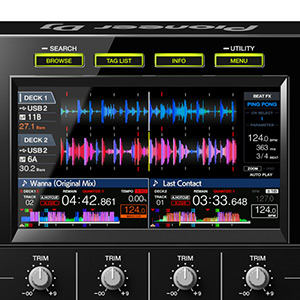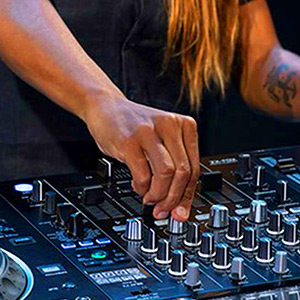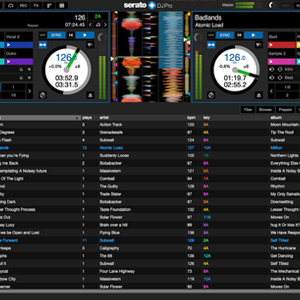

Despite what anyone else may tell you, real DJing is an art form. If you’ve ever watched a Red Bull 3style competition or DMC DJ championship, you know that there is an almost endless number of artistic blends and transitions. All of those world champions had to start somewhere, and they surely started with fundamental DJ skills like fading between tracks. Once you’re mastered this essential skill, you’ll want to add variety to your performances so that they are lively and entertaining. In this article, I’m going to cover 3 basic mixing techniques that everyone should have in their toolbox for any type of event, from clubs to wedding receptions.


1) The Basic Beatmatch Fade
After becoming comfortable with simply crossfading between two tracks, you can really level up your skills by beatmatching them before initiating your fade. Beatmatching is an absolutely critical DJ skill, and there are hundreds of tutorials available online for you to follow along with. Beatmatching consists of matching the BPM, or tempo, of your tracks, pressing play on the downbeat, and smoothly fading for the 4, 8, 16, or 32 counts. One important element of beatmatching that is often overlooked is phrasing. A musical phrase is a structured element of a song, like a verse or chorus. A phrase is usually 16 or 32 beats (or counts) long. Try and match the number of counts for the incoming song’s introduction to the outgoing song’s chorus or verse. When done in this way, your transitions will be smoother and cleaner.


2) EQ Fading
The EQ fade builds on the skills you developed with the beat match fade. You’ll still want to line up your songs’ BPMs so that they match and you’ll also want to try and get the phrasing in sync. Now, instead of simply moving the crossfader from one side of the mixer to the other, we will use the 3 band EQ (highs, mids, and lows) to make the fade less muddy and convoluted. Here are a few important points: 1) You should never have competing bass lines. Try turning the bass knob all the way down on your incoming track and start the transition. Halfway through, turn the bass knob on the incoming track up as you turn down the bass knob on the outgoing track. Then, finish the fade. This will lead to a much smoother transition, especially with bass-heavy tracks. 2) Mids are where the vocals are. If you have to mix tracks together with vocals (for example, a song that does not have an intro edit), use the mid knob to lessen the vocals on one of the tracks. This prevents two vocal lines from clashing. 3) Highs are harsh. I don’t often have to touch my high knob, but if two songs have lots of cymbals or high pitch noises, you can tone them down on one track with the high adjustment knob. Using your EQ knobs in this manner will definitely make your beat match fades sound more professional.


3) Effect Transitions
Using your software or mixer’s built-in effects can help you create variety in your transitions. Much like EQ fading, effect transitions build off the basic beat matching skills you should develop no matter what. There are many different effects included in the most popular DJ software programs – some of my favorites include echo, reverb, and record stop/wind-down. The echo effect is very effective, and to use it you only have to turn it on toward the end of your fade and then quickly bring down volume fade of your outgoing track. The last few notes will continue to repeat and fade out – you can adjust the speed at which they do so in the software. The reverb effect creates “space” around the song, almost as if you were listening in a big, echo-ey gym or auditorium. With this effect, you can turn it on and slowly turn the effect knob, adding more and more reverb to the track before finally fading completely over to the incoming song. Lastly, the record stop or “wind down” effect simulates the classic sound heard when the stop button is pressed on a turntable while the sound system is still on. Most programs will allow you to adjust the amount of time it takes for the song to wind to a stop, from fast to slow.
These are some of the key fundamental mixing techniques that will help you become a better DJ. Do you have other favorites? Let me know down in the comments.
 How Can We Help?
How Can We Help?












